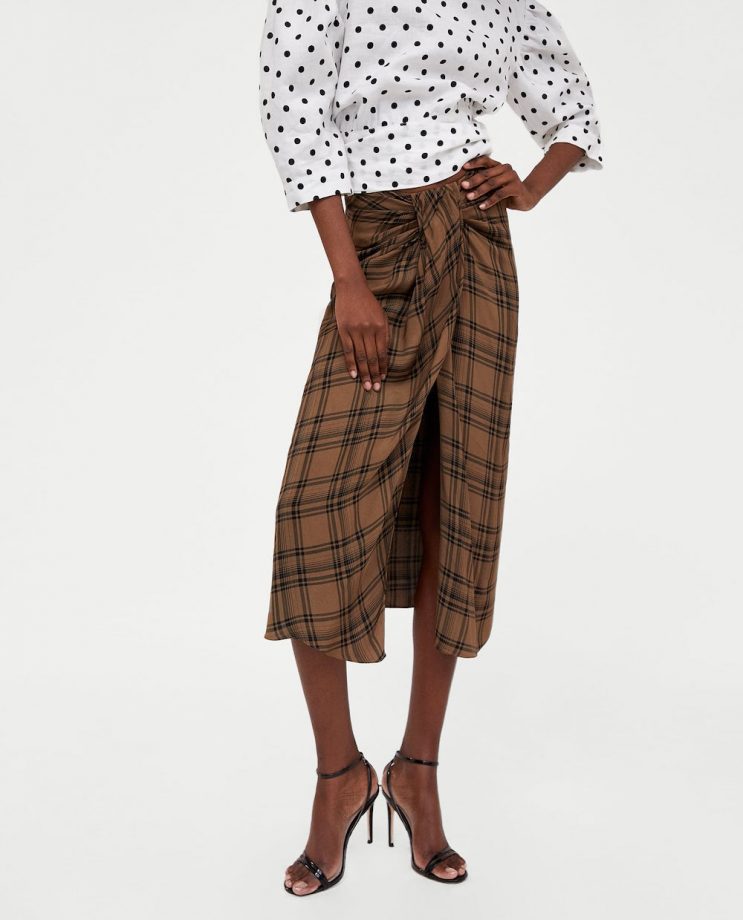
New York Fashion Week is a famous event dedicated to the boldest, brightest fashion designers. For Kerby Jean Raymond, the honor of being the ultimate risk-taking designer was given to him before any clothes were even shown.
Raymond, founder and head designer of Pyer Moss, wanted to utilize his show during Fashion Week to discuss the topic of police brutality and its dire consequences in society. He decided to do so by showing a collection of videos that, hopefully, would successfully show the audience what his message was intended to be. The fifteen-minute video showcased sixteen different cases of police brutality; it showed Eric Garner’s infamous video of him being held in a chokehold by a police officer, Marlon Brown dying after being run over by a police car, a young girl in Texas being kneeled on by a police officer, and much more footage from less publicized incidents. The video also included interviews from some of the victims’ family members, including Michael Brown’s mother. The video shocked audience members, many of who did not know it was planned. Audible gasps were heard from the audience as they looked in on what, to black people in the United States, is a daily occurrence.
As the brains behind the video, Raymond wanted to use the opportunity of showing his label at New York Fashion Week as a platform to discuss racial inequality in the United States and the police brutality that arises from such discrimination. Raymond tells the Huffington Post, “For as long as I have this platform and for as long as people are going to listen to me- I’m going to take a stand on something and this is something that is important to me.”
Prior to the show, Raymond was originally planning on only showing the video because, to him, it was the most important aspect of the message he was attempting to convey. However, he had a change of heart when he was held at gunpoint by police officers after they mistook his hand injury for a gun earlier in September. Raymond then decided that it was time to bring the realities of black people in America to the runway, and hopefully reach a wider audience. Mixing fashion and social justice, it can be agreed upon that Raymond succeeded in his quest. Raymond was later reported saying, “If you’re going to put me in this ‘black designer’ category, at least let me tell a story. I feel a little freer after this.”
Raymond’s clothing line followed the showing of the video, and it did not disappoint in continuing the theme of his show. The designer showcased clothing splattered with red paint, meant to symbolize the blood that has been shed as a result of police brutality; in an added touch, artist Gregory Siff walked along with the models on the runway and tagged the red paint on their white shirts as they posed for the audience. Other pieces of clothing were emblazoned with bold words like “I can’t breathe” on the back, known to be the last words of Eric Garner. Even the shoes of the models portrayed a message- they were all marked with the names of women who had passed away.
The style of the clothing itself was also symbolic of the stigma of black people and their struggles; it was restrictive and bonding, and Raymond says that this chain-like nature of his line was not accidental. Rather, it was meant to portray the bondage that black individuals suffer under, and have suffered under for hundreds of years.
Raymond has reportedly received criticism from the fashion community of both his video as well as the attendance of the family members of police brutality victims in the front row of the audience in the show. However, Raymond has shown no intention to stop using this platform to publicize his message. He states, “If I’m going to be the Black designer, I’m going to tell it my way.” He also later says, “I’m black, I’m a designer, I’m living in a time when this is happening. You’re twenty-eight years old, you’re watching kids younger than you who are being killed by grown men who claim fear as an excuse.”
Raymond certainly uses his experiences as a black American to inspire creativity in his fashion line, and he hopes that the result of his show can impact the world in a positive way. Raymond told Huffington Post, “If one person decides that I’m going to give a black kid a job now because the narrative I’ve been seeing on TV of him being a thug may or may not be true, I did my job. I changed one life and one life might change another life- and that’s how the world changes. Little by little.”







